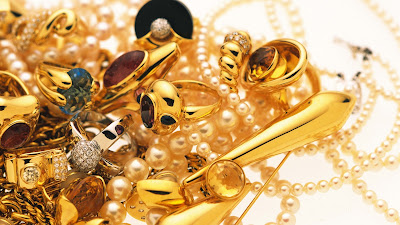Explaining the difference of opinion
Question: Is it
obligatory to pay zakāt on a woman’s
jewellery?
Answer: (Imam Muḥammad Saʿīd Ramaḍān
al-Būṭī):
The majority of
jurists (fuqahāʾ) hold the position
that it is not obligatory to pay zakāt on gold[1]
that a woman uses as jewellery on the condition that in terms of size and
quantity it is within the bounds of common acknowledgement (ʿurf). If the quantity exceeds that which is considered normal in the
locality where the owner of the jewellery resides or is settled, then zakāt is not payable on the amount that is
considered normal but it is payable on whatever goes beyond that.
Imam Abū Ḥanīfah differed with the majority and held the
position that zakāt must be paid on gold if
it reaches the threshold (niṣāb), i.e. it is 92 grams[2]
and 21 karat, regardless of the function that it is utilised for.
Related posts:
A Woman's Right to Dispose of Her Own Wealth
[Translated from Maʿ an-Nās: Fatāwā wa Mashūrāt (Damascus: Dār
al-Fikr, 1423/2002), v.1 p.36]
Related posts:
A Woman's Right to Dispose of Her Own Wealth
[1] (tn): The foundation for paying zakāt on gold is Allah the Exalted’s
statement: “As for those who hoard up gold and silver and do not spend it in
the Way of Allah, give them the news of a painful punishment.” [at-Tawbah 9:34]
The evidence for not paying zakāt on jewellery is the ḥadīth that has been
narrated by Imams ad-Dāraquṭnī and al-Bayhaqī in which the Messenger of Allah,
may Allah bless him and grant him peace, said, {There is no zakāt
on jewellery.} Please see at-Tadhhīb fi
Adillah Matn al-Ghāyah wa at-Taqrīb
by Imam Muṣṭafā al-Bughā (Damascus: Dār al-Muṣṭafā, 1431/2010), p.98-103 for further details.
[2] (tn): this amount is
approximately 84 grams (i.e. 20 mithqāl) in the Shāfiʿī school (at-Taqrīrāt
as-Sadīdah: Qism al-ʿIbādāt, p.410-411)

No comments:
Post a Comment